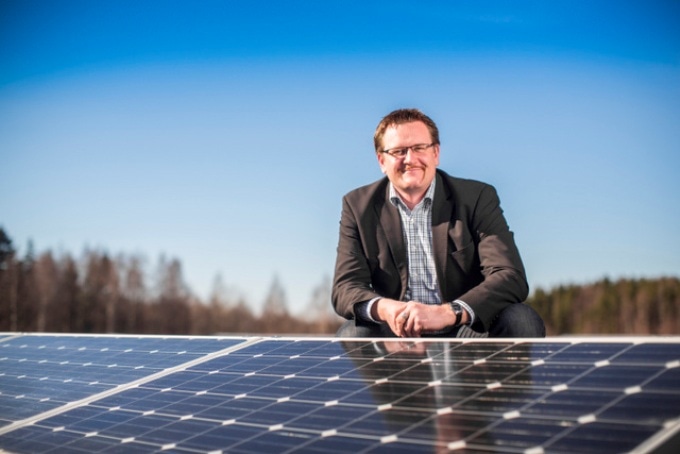May 21 2018
Questions raised by a review paper last year include - Is there sufficient space for all the solar panels and wind turbines to provide all of man’s energy requirements? What happens if the wind doesn't blow and the sun doesn't shine? Won't renewables destabilize the grid and result in blackouts?
 Image credit: Lappeenranta University of Technology
Image credit: Lappeenranta University of Technology
The review paper, published in the renowned journal Renewable and Sustainable Energy Reviews, was written by Master of Science Benjamin Heard and colleagues, who argued their case against 100% renewable electricity platforms. They questioned the viability of many of the new circumstances for high shares of renewable energy, doubted everything from whether renewables-based systems can endure challenging weather events with low wind and low sun, to the ability to maintain the grid in a steady manner with so much variable generation.
Now, researchers have countered the points put forth by Heard and colleagues. The researchers from the Karlsruhe Institute of Technology, the South African Council for Scientific and Industrial Research, Lappeenranta University of Technology, Delft University of Technology and Aalborg University have examined numerous studies from the scientific literature available to answer each of the obvious issues. They validate that there are no barriers on the path towards a 100% renewable future.
"While several of the issues raised by the Heard paper are important, you have to realize that there are technical solutions to all the points they raised, using today's technology," explains the lead author of the response, Dr. Tom Brown of the Karlsruhe Institute of Technology.
"Furthermore, these solutions are absolutely affordable, especially given the sinking costs of wind and solar power," says Professor Christian Breyer of Lappeenranta University of Technology, who co-authored the response.
Brown mentions the worst-case solution of synthetic gas or hydrogen gas produced using renewable electricity for times when imports, batteries, hydroelectricity, and other storage fail to close the gap during low solar and wind periods during the winter. For keeping stability, there is a series of technical solutions ranging from rotating grid stabilizers to latest electronics-based solutions. The researchers have taken examples of best practice by grid operators from around the world, spanning from Denmark to Tasmania.
The response by the researchers has recently been published in the same journal as the original article by Heard and colleagues.
There are some persistent myths that 100% renewable systems are not possible.
Our contribution deals with these myths one-by-one, using all the latest research. Now let's get back to the business of modeling low-cost scenarios to eliminate fossil fuels from our energy system, so we can tackle the climate and health challenges they pose.
Professor Brian Vad Mathiesen Co-Author - Aalborg University